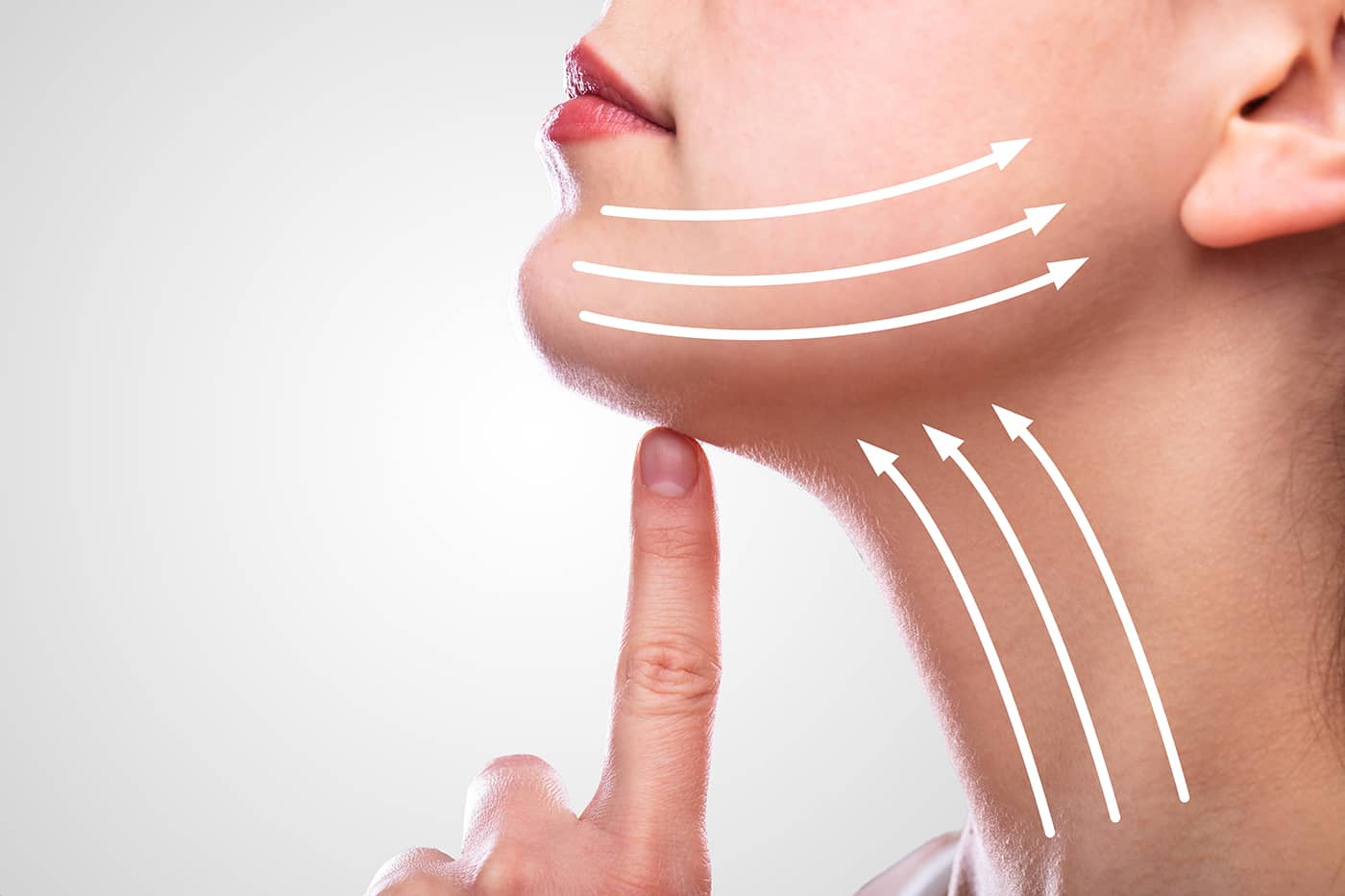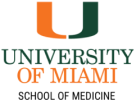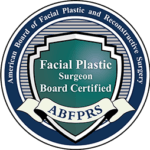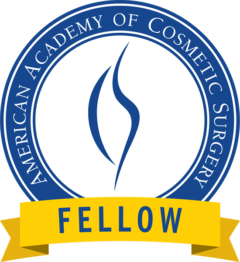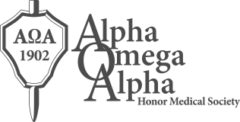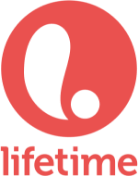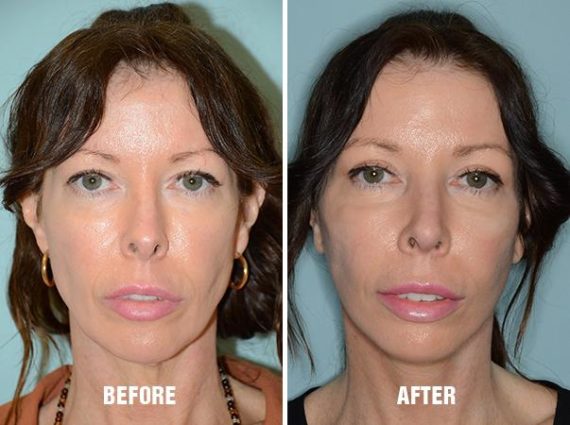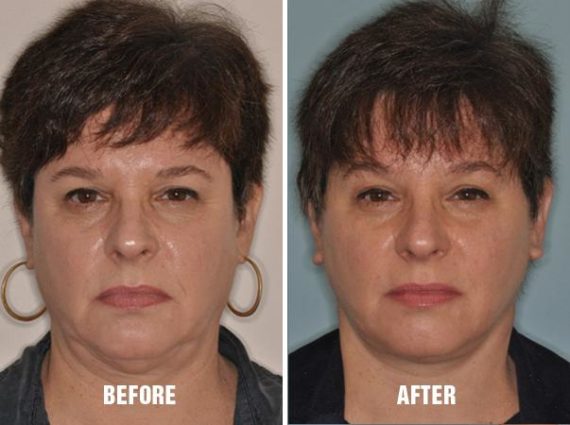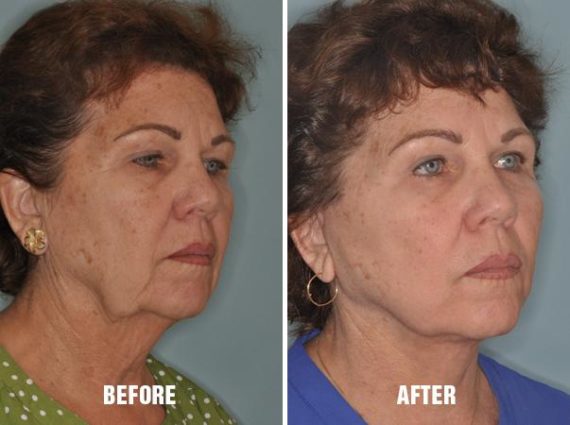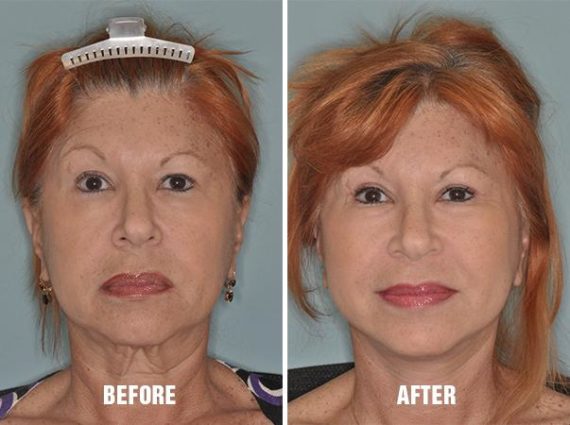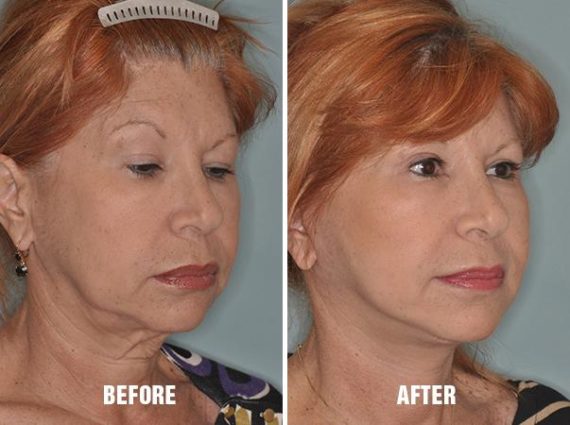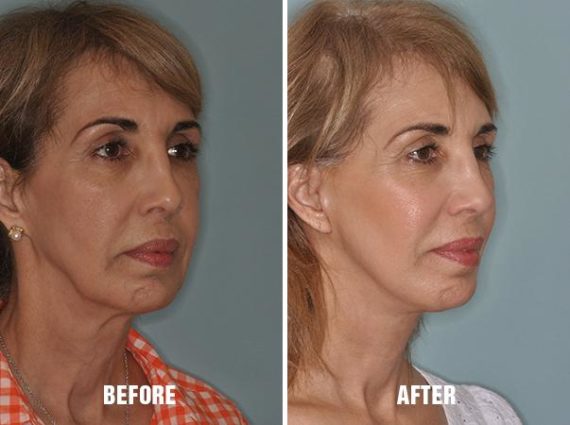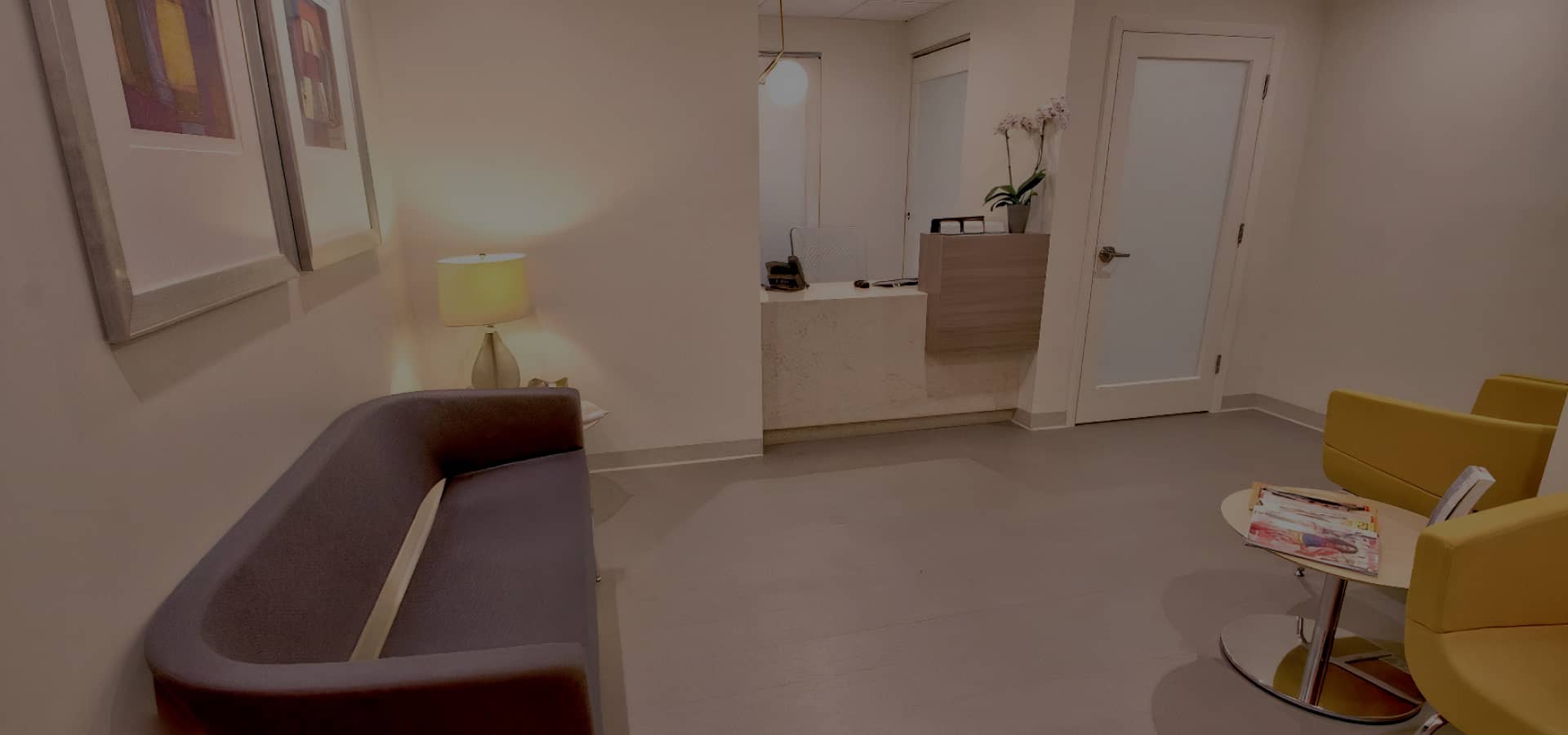Elevate Beauty and Confidence with Neck Lift Benefits
The neck tells stories of time that sometimes, we’d rather keep to ourselves. With the platysmaplasty procedure, not only can these tales be elegantly edited, but new chapters of confidence and youthful allure can be authored. Dr. Bared’s meticulous customization ensures each narrative is both unique and radiant.
Personalized Rejuvenation
From refining jawlines to eradicating the “turkey wattle,” your unique goals take center stage, driving your transformation journey.
Youthful Elegance Restored
Smoother skin, improved profiles, and tightened muscles converge to roll back time’s effects.
Confidence Rekindled
Beyond aesthetics, it’s the invigorated self-image and a bold stride that become the most treasured outcomes of the procedure.
Professional affiliations & contributions
What is a Neck Lift?

A neck lift, or platysmaplasty, is a cosmetic surgery procedure that reduces the loose skin and tightens lax platysma muscles to provide a more youthful facial appearance. This operation typically involves submental liposuction which removes fat and sculpts the jawline.
While non-invasive cosmetic options are available to treat some signs of aging, plastic surgery is the most effective treatment to remove excess skin and fat, tighten the neck, remove platysmal banding, reshape the jawline, and improve the profile. Be aware that neck rejuvenation surgery provides long-term results. However, the natural aging progression and other factors may still eventually affect the appearance of the neck area in the years following surgery.

Platysmaplasty Techniques
In general, there are three main neck plastic surgery techniques that can rejuvenate this key area. Dr. Bared may recommend a specific technique or a combination of the following options:
Cervicoplasty
Dr. Bared offers cervicoplasty neck surgery to reduce sagging skin. This procedure firms the neck structure by making a tiny cut underneath the chin and, in some cases, along the back of the ears to remove and tighten extra skin.
Corset Platysmaplasty
Corset platysmaplasty reconstructive surgery may be performed to resolve turkey wattle, which is caused by a weakened platysmal muscle. The neck lift surgeon tightens the muscles of the neck, resolves platysmal banding, and eliminates any surplus muscle tissue as required.
Internal sutures bring the muscles toward the center. Corset platysmaplasty is the most common type of neck surgery, and it produces full rejuvenation of the skin and muscles.
Liposuction for Neck Lift
Submental liposuction allows Dr. Bared to remove excess fat along the jaw, neckline, and chin. To perform the procedure, he inserts a cannula into a tiny incision in the neck area to break up and suction out fatty deposits. Liposuction is often combined with a full neck rejuvenation surgery, facelift, or chin implant.

Call today to schedule your consultation
Am I a Candidate for Neck Lift Surgery?
Non-smokers with good overall health, a positive mindset, and realistic expectations are often ideal candidates for neck rejuvenation surgery. Reasons to consider a neck lift include age, considerable weight loss, and genetics. During surgery, the surgeon removes the excess skin from the neck area to help distinguish between the neck and chin or jawline. Men and women can both benefit from this procedure.
Necklift Before & After Photos
Each patient is unique and individual results may vary*.
The Neck Lift Procedure
Dr. Bared performs platysmaplasty surgery as an outpatient procedure using local anesthesia with sedation or general anesthesia. The anesthesia type will be determined based on the extent of the lift and the details of the operation. Incision placement will also depend on the technique but will always be located in discrete areas chosen to ensure minimal scarring.
A neck rejuvenation surgery typically lasts two hours. However, if it is performed in conjunction with a facelift, chin implant, or other plastic surgery, it may take more time. During the initial consultation, Dr. Bared will outline the surgical plan.
Platysmaplasty usually starts with liposuction. Dr. Bared produces a diminutive cut underneath the chin and places a hollow suction tube to extract a double chin, and jowls, and to shape the jawline. Dependent on the measure of the operation and the skin’s flexibility, liposuction can be fulfilled on its own or combined with extracting a slight amount of drooping skin, a chin implant, or an exhaustive neck rejuvenation surgery.
Cervicoplasty typically involves liposuction before an incision is formed under the chin to lift the skin on the neck or to add a chin implant. Dr. Bared may also create a small incision behind each ear to treat excessive skin, a sagging neck, or lax neck muscles.
Reconstructive surgery or corset neck surgery typically involves an incision starting in front of the earlobe. The incision wraps beneath and behind the ear and ends in the scalp. Dr. Bared then lifts sagging skin and trims excess tissues to address a turkey wattle.
He then creates an incision under the chin and tightens the underlying muscles and deeper layers of tissue to elevate the neck before joining the separated platysma muscles with sutures. This technique resembles a corset as the stitches combine the muscles to smooth vertical bands, add support, and transform an aging face and neck.
Once the patient’s aesthetic concerns have been addressed, the incisions are closed with sutures. Dr. Bared may place drains before bandaging the area.

The Recovery Process After a Neck Lift Procedure
Dr. Bared places a pressure dressing over the surgical area that wraps around the head and neck. This dressing supports the muscles and tissue during the healing process. Neck surgery is an effective and safe way to treat sagging neck skin and muscles.
Some bruising and swelling are common during the first few days after surgery. This is why patients must sleep with their heads elevated for one to two weeks. After a few days, your surgeon may remove the dressing. Rest is important during this time.
Dr. Bared examines the incisions and removes the sutures in 7 to 10 days. Most patients can return to non-strenuous work or activities at this time. However, patients must continue to avoid bending over and turning their heads from side to side. They also must not lift heavy objects for several weeks after surgery.
Complete platysmaplasty healing time takes approximately two to four weeks.
These neck lift recovery guidelines may vary based on the patient’s personal health, surgical techniques, and other variables.
Dr. Bared provides each patient with after-care instructions based on the details of the surgery.Why Choose Dr. Anthony Bared
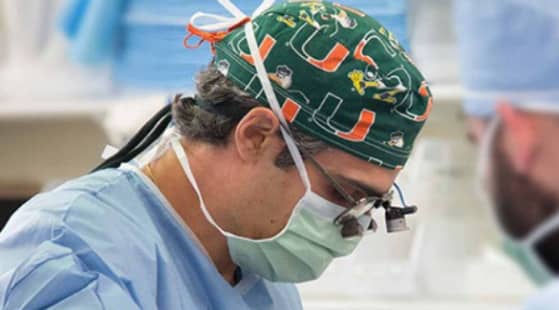
- Dr. Bared’s training was first in Otolaryngology at the University of Miami, followed by the awarding of a highly competitive fellowship by the American Academy of Facial Plastic and Reconstructive Surgery at the University of Illinois-Chicago.
- He is Double Board Certified by the American Board of Facial Plastic and Reconstructive Surgery and the American Board of Otolaryngology.
- Dr. Bared has numerous publications and has lectured at various nationwide scientific meetings.
- He also serves as a clinical voluntary Assistant Professor at the Florida International University, Herbert Wertheim College of Medicine.
Frequently Asked Questions about Neck Lift Surgery
Dr. Bared has a warm and inviting disposition, and he provides each patient with ample time to discuss their goals and concerns. You will see before and after photos from prior neck procedures, learn about the methods Dr. Bared offers, and discuss the expected outcomes of each surgical procedure. After learning about your goals, reviewing your health history, and examining your skin and facial structure, Dr. Bared will provide you with a customized cosmetic treatment plan to enhance your jawline and neck.
The doctor will explain the benefits and risks of your neck procedure during your consultation. Choosing a qualified, experienced surgeon dramatically reduces the risks associated with surgery, which can include bleeding, infection, and the need for revision surgery. Swelling and bruising are common side effects that may last several days, along with tingling, tightness, or numbness.
For more information on risks, talk to Dr. Bared or use a reputable online resource like the American Society of Plastic Surgeons.
Dr. Bared encourages his patients to quit smoking at least four weeks before the surgery, a step that is essential to proper healing. Have button-down shirts available after the surgery and pillows to help prop your head in an upright position. Have fresh food available in your home, and ask a friend to drive you to and from the operation. Someone should stay with you at your home for one or two nights to assist you after the surgery. Be sure to schedule one to two weeks off from work, depending on the surgical details.
Cosmetic neck surgery improves the lower face by lifting and firming the jawline, removing jowls, transforming a turkey wattle, removing the fat deposits that create a double chin, and firming the neck.
The procedure contours the jawline and eliminates signs of aging, but will not address the eyes, lines between the nose and mouth, or sagging facial skin. Dr. Bared may offer a combination procedure along with neck surgery to address these areas, such as a facelift, or non-invasive treatments like injectables.
Dr. Bared provides each patient with instructions based on the specifics of their surgery. Your neck and head must be elevated for the first two weeks to encourage healing and reduce bruising and swelling. Most neck lift patients return to work in one to two weeks and resume moderate exercise after three weeks.
Healing is progressive and strenuous activities must be restricted, especially after surgery that involves tightening the neck muscles. Typical limitations during the first one to two months include avoiding contact sports, vigorous activities, bending down, and repetitive movements like shaking your head back and forth.
Like any plastic surgery, neck rejuvenation surgery will cause some scarring, but Dr. Bared limits the number of incisions whenever possible and chooses their location carefully to minimize their appearance. One tiny, three-millimeter incision beneath the chin and two incisions near the ears may be used to perform liposuction and to lift and firm the lower face and jawline.
Additional incisions may be needed to treat neck banding or separated neck muscles that cause excessive, sagging skin and a weak neckline.
The scars will fade significantly and are created in inconspicuous areas whenever possible. Dr. Bared will explain the incision options during your consultation process.Last modified by Dr. Anthony Bared

